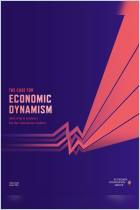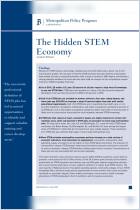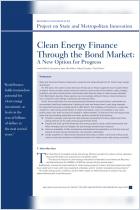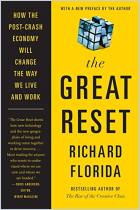
America’s Advanced Industries
What They Are, Where They Are, and Why They Matter
Read or listen offline
Amazon KindleRecommendation
In developed countries, maintaining well-paying jobs depends on delivering high productivity to offset low wage costs in developing countries. “Advanced industries,” which have a level of innovation and technology that demands highly productive workers, are the keystone of economic health in high-cost countries. The United States has ceded its leadership in advanced industries to other developed nations since the 1990s, when it began moving lower-value activities offshore, eroding the industrial clusters that support America’s supply of highly skilled workers. Brookings Institution researchers Mark Muro, Jonathan Rothwell, Scott Andes, Kenan Fikri and Siddharth Kulkarni offer a thoughtful analysis of advanced industries and suggest ways that the United States can regain its competitiveness and support good jobs. Their text offers basic principles and shows strong, practical examples of worthwhile local initiatives that develop and enhance high-tech clusters and improve the supply of appropriately skilled workers. getAbstract recommends this focused, accessible overview of America’s most valuable industries to business executives, investors, policy makers and entrepreneurs.
Summary
About the Authors
Mark Muro is a senior fellow and policy director for the Brookings Institution’s Metropolitan Policy Program, where Jonathan Rothwell is a fellow, Scott Andes and Kenan Fikri are senior policy analysts, and Siddharth Kulkarni is a senior research assistant.



























Comment on this summary